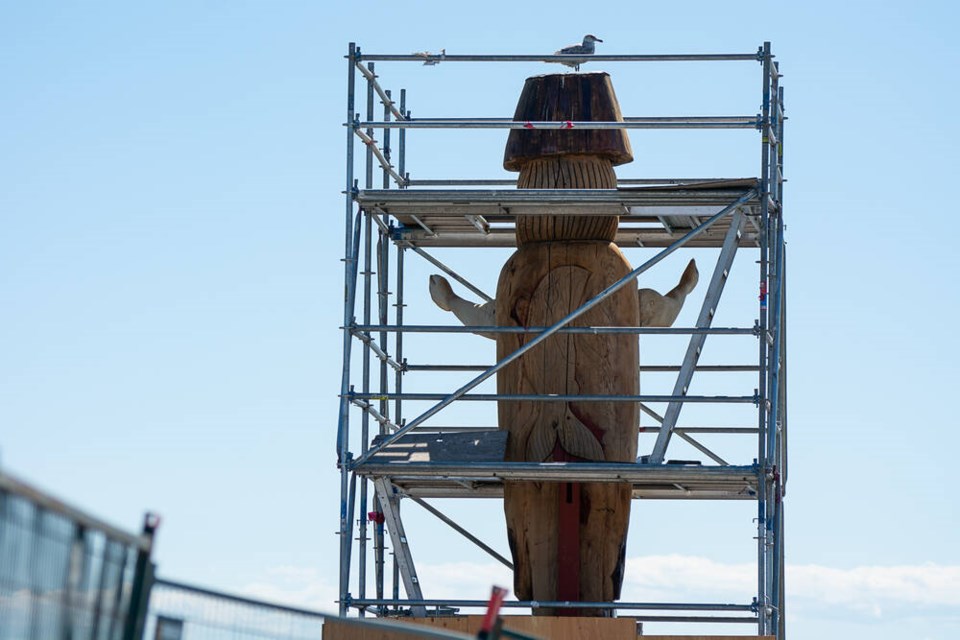In Indigenous terms, 100 years is but a blip. But for the S岣祑x瘫wú7mesh Úxwumixw (麻豆社国产Nation), the last century has been pivotal.
It was in the summer of 1923 that the chiefs and delegates of 16 villages across 6,732 square kilometres . They understood that, in a time when there was scant recognition of their rights and title by the Crown, their people would fare far better if they spoke with one voice.
Attempts by governments to dismantle their culture, disenfranchise their rights and dispossess their lands by no means ended in 1923, but there’s no question today the nation and its people had it not been for their amalgamation.
The nation is pursuing ambitious plans , both for economically. They are reviving the S岣祑x瘫wú7mesh Sníchim (麻豆社国产Language) and investing in their own culture.
And they are sharing their knowledge with those who will listen. This summer, it is incumbent on members of the settler community who live comfortably on the 麻豆社国产people’s lands to educate themselves about this history and celebrate the nation’s progress. is a perfect opportunity to do just that.
Outside the former St. Paul’s Indian Residential School in North Vancouver, a monument for the victims depicts Indigenous people in a canoe, ascending a wave. It’s symbolic of the trajectory Indigenous people have been on since colonization.
We raise our hands to the 麻豆社国产Nation as they mark 100 years of rising and prepare for the next 100.
What are your thoughts? Send us a letter via email by clicking or post a comment below.



